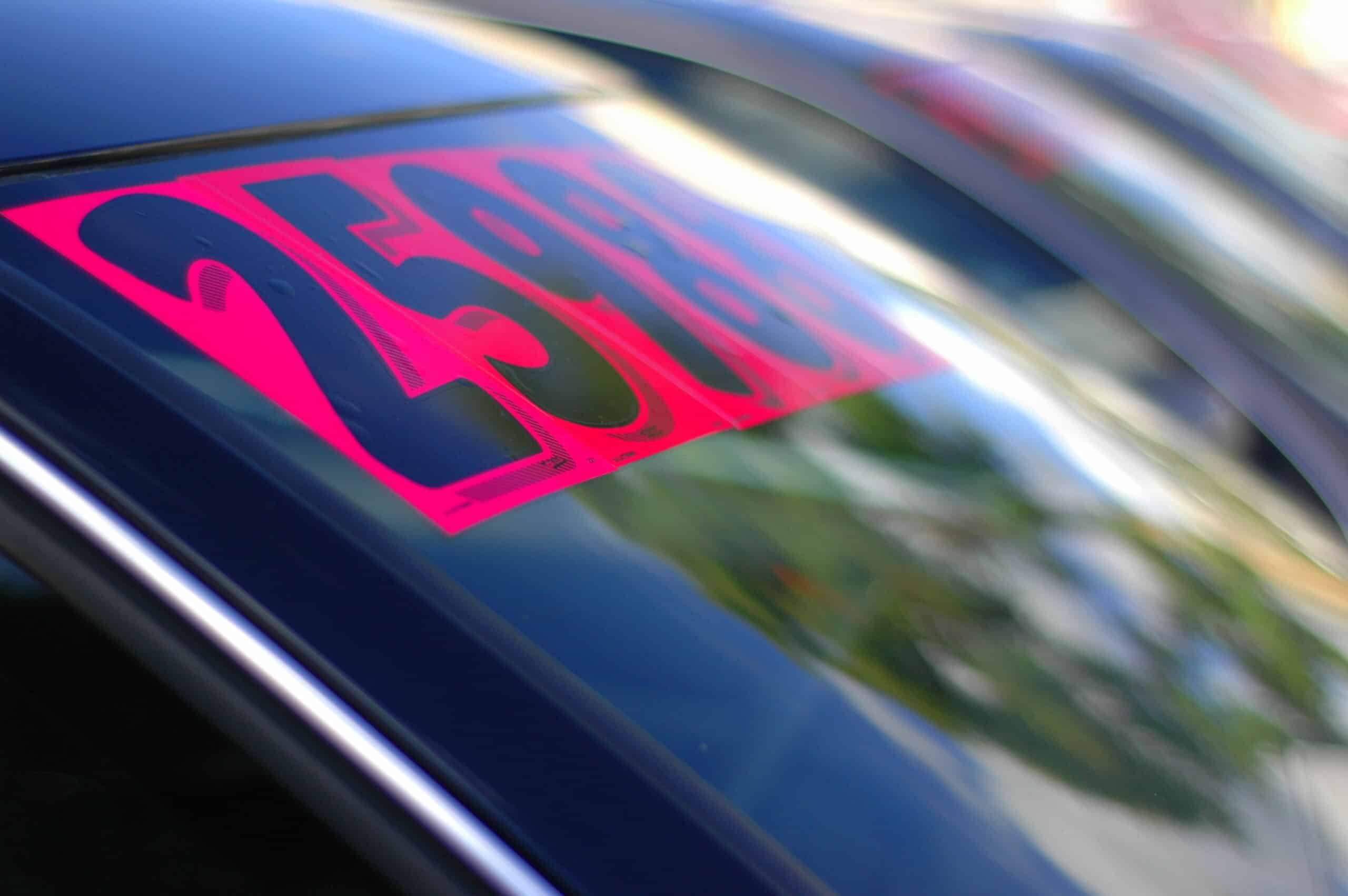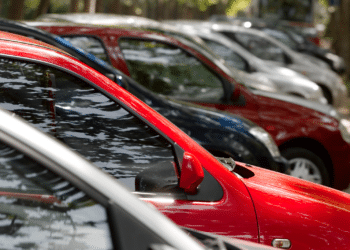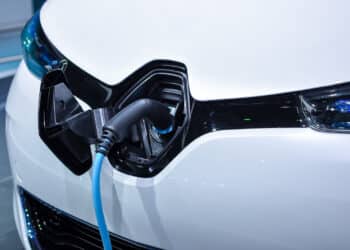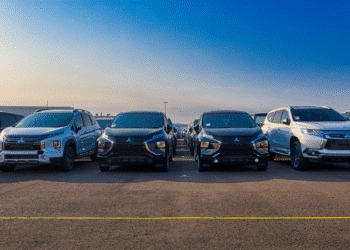
With March new-vehicle sales down 1.5% year over year, automakers have been pulling back on incentives and leveraging fleet sales instead, a move that ALG analysts are calling “a healthy strategy.”
“Using fleet as a lever to get rid of excess production is a much more holistic way to preserve brand and residual value than discounting your product in the retail space,” said ALG Chief Industry Analyst Eric Lyman. “The more disciplined use of incentives, while maintaining historically strong level of sales, even if we’re down year over year, is extremely positive and shows the industry, collectively, is doing very well through what is sort of the natural ebb and flow of sales in the auto industry.”
Average incentive spending by automakers should reach an estimated $3,604 per vehicle in March, down 5% from a year ago, according to ALG. Meanwhile, new-vehicle transaction prices in the month are averaging $34,213, up 2.8% from a year ago.
The ratio of incentives to transaction price was 10.5%, down from 11.4% in March 2018.
“We’ve been seeing [the use of incentives] go steadily up over the past few years, and over the last six months or so we’ve seen it flatten and now start to turn the other way,” he said. General Motors and Hyundai are two OEMs leading that change, with 18.6% and 12.7% year-over-year incentive declines, respectively.
ALG expects new-vehicle sales to reach 1.57 million units this month, down 1.5% year over year and putting the SAAR on track to hit 17 million units. Meanwhile, fleet sales are up 11% year over year, in line with seasonality.
ALG Chief Economist Oliver Strauss attributes the retail declines to a rising interest rate environment and tariff uncertainty. “There’s a certain kind of uncertainty to speak about the economy, where it’s heading, and I think people are a little more cautious to make some big-ticket purchases,” he said.






